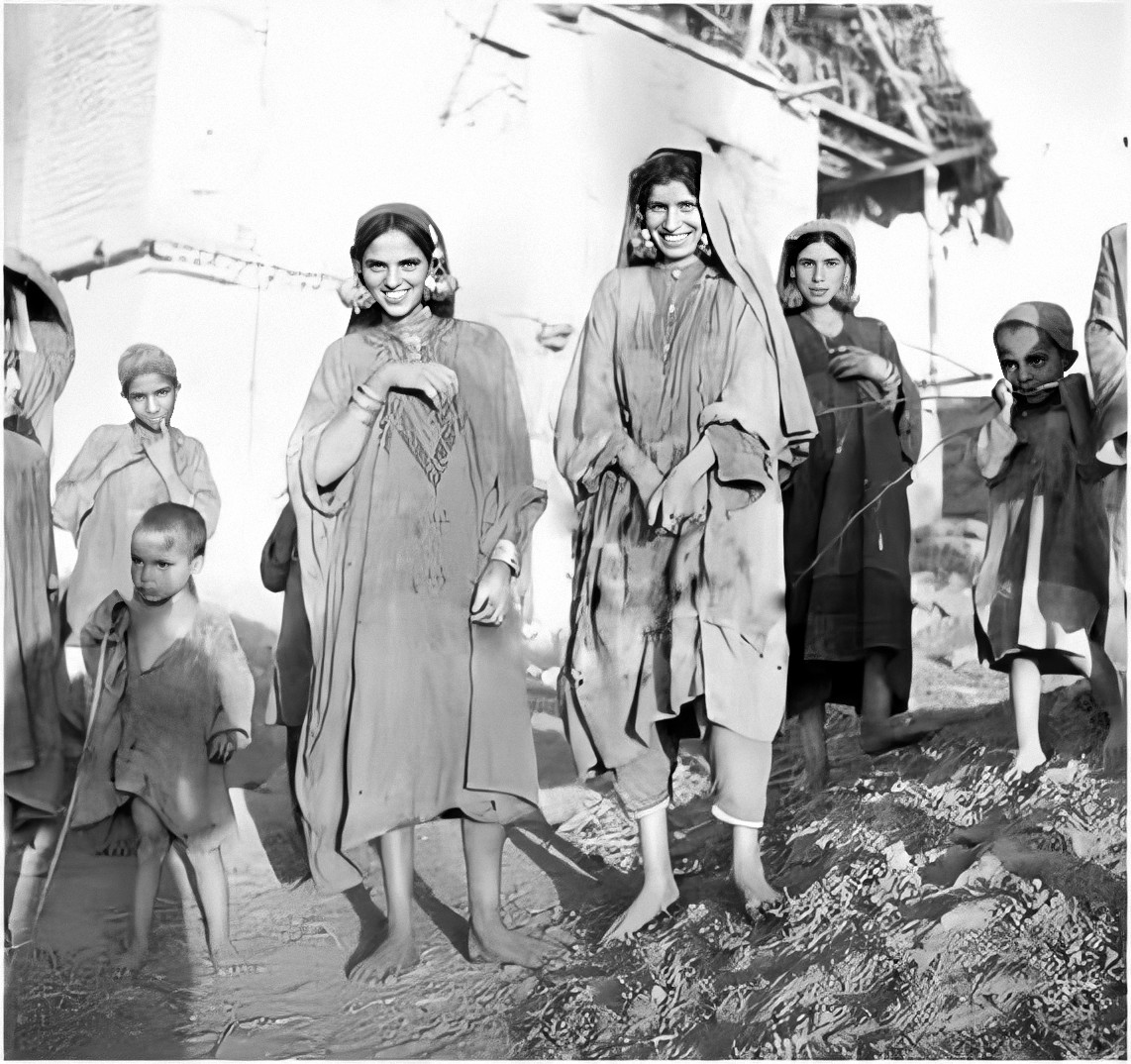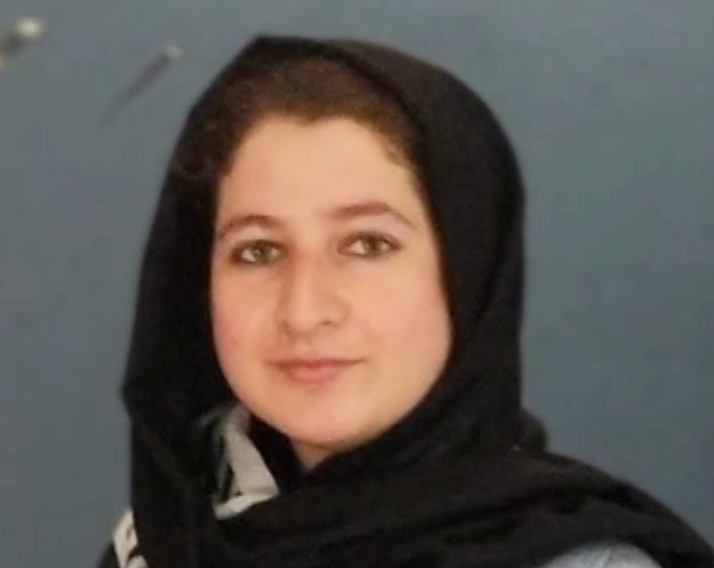by Aasia Hassan
I have talked to many women about their education and their replies have been, men were given education compulsorily, and for women, preference was given to household chores.
It is not surprising anymore that every year we see and hear news like “girls outshine boys” in different exams, be it BOSE exams or college or university exams. The majority of the merit holders getting gold medals at different convocations are also girls.
But why does no one seem to be worried when these capable girls who made us proud with their achievements during their education, disappear from leadership roles? Look at any office of repute, there are only a handful of women. What happened? Where did all these women go?
Before attempting to seek answers to these questions, let’s have a brief look at the distressing history of women’s education in Kashmir.
The Christian School
The missionaries were the first to make an effort in providing education to women in Jammu and Kashmir. As the education of women was a sensitive social issue, because it has never been heard of before, there was opposition. Between 1893 and 1895, a school was opened for girls by church missionaries.
Prem Nath Bazaz in his book Daughters of Vitasta writes, as the people were very conservative, sending girls to school created suspicion in their minds, that these schools may corrupt the minds of girls by the ideas of foreign lands, which would deviate the women from the right path. Because of this, the school was not a success.
Shafi Ahmad Qadri in his book Biscoe in Kashmir writes, “A few girls who attended the school, they and their families were looked down by society, there was very much public opinion against them.”
Female Education
The State Council in the early 1900s did not make an effort towards women’s education but favoured private efforts. It was for the first time in 1904 that the state council provided funds for the setting up of two schools for girls, one for Muslims and the other for Hindu girls. These schools were managed by separate communities under the guidance of educational authorities. Even after the opening of these two schools for a large population, the literacy rate of women remained quite appalling. In every 1000 of its female population, only one was literate in 1901 and three in 1921. The first attempt towards providing secondary education to women was done in 1912 by promoting some primary schools to the secondary level. The girl’s schools were increased to twelve. The number was further increased from 12 to 16 in 1914, but education was still far from satisfactory.
By the year 1920, the education of women has shown some progress. There were three mission schools, a high school, which was being run by the education department, one school for Muslims, and two Hindu primary schools. By the year 1925, there were six middle schools and 34 primary schools for girls with an enrolment of 1019 and 1945 respectively.

A Trust
When a women’s trust was created in 1926, it made a good contribution in promoting women’s education in Jammu and Kashmir. The early decade of the twentieth century witnessed an increase in the number of schools for girls and their enrolment as well. But the majority of the women who completed their schooling could not avail the opportunity of College education.
One of the reasons for this was that there was a scarcity of women-centric colleges, which was a major hurdle in the education of women. In the year 1950, a good step was seen towards the development of women’s education when the first women’s college was established, which is existent till date at Maulana Azad Road Srinagar. After the establishment of this college, the women’s education rate increased.
An increase in the enrolment ratio has been achieved in the recent past. From 1996-97 to 2000-01, the enrolment ratio saw an enhancement of 24.19 per cent. From the various census reports it is clear that the education of women has made substantial progress. As per the census of 2001, the literacy rate of the state rose from 12.95 per cent in 1961 to 54.46 per cent. The male literacy rate is quite higher compared to the female literacy rate.
According to the census of 2011, the literacy rate of Jammu and Kashmir is 67.16 per cent, of which the male literacy rate is 76.75, whereas the female literacy rate is 56.43 per cent. Though the female literacy rate has shown considerable progress over the years, there exists a large gap between the two genders. Further, the literacy rate of women varies from rural to urban areas. The rural women are lagging behind compared to women from urban areas.
Quite A Few Working Women
If we take a look around us, there are only a few working senior women in a locality, the rest are housewives, but now we have used a more dignified term homemaker for our mothers. Speaking of my own mother, she was not given this formal education, whereas both my maternal uncles hold a gazetted position. Speaking of my aunts and majority of the women I know and I am related to, were not given education, but all their brothers are educated and have good government jobs, or are well-educated businessmen. I know a lady who is the only sister of her four brothers, she was a so-called ladli beti of her parents but was deprived of education, whereas her four brothers are all officers in different departments of the government.
I have talked to many women about their education and their replies have been, men were given education compulsorily, and for women, preference was given to household chores.
Bias Prevails
Thankfully the situation has considerably changed, but not completely. We are still bound by the traditional mindset, which affects the education of a significant number of women. A vast number of people still hold the view that spending a lot of money on a girl’s education is a waste of that money, as she will eventually get married someday.
People will rather save money for a girl’s marriage than invest it in her career. Going outside the state for education in reputed institutions is not even an option for some girls, because their parents will never allow it. A good number of girls are married off right after their graduation, thereby depriving them of a full education, a master’s degree or an opportunity to get a job. Another evil prevalent to some extent in our society is the myth that highly educated women don’t make good wives or good daughters-in-law, which also compels some parents to get their daughters married at an early age. A good number of women are compelled to leave their jobs after marriage, or they are asked to choose and if they choose their career, they are labelled as bad.
There are so many other factors, which make women disappear from the system.
Discrimination
Speaking of a broader level but leaving aside politics, where despite provisions for reservations, women rarely represent us. Discrimination against women exists in all spheres of life.
According to a 2018 report of The World Bank, men are preferred over women in employment in India. More than a third of all job advertisements in India explicitly specify the preferred gender of the prospective employee, which is more often a male. Six in every 10 such jobs prefer male candidates, even as women continue to be preferred for low quality, low status and low paid informal jobs.
The report further highlighted the bias against women at the first stage of the hiring has translated into gender discrimination in terms of compensation too. On average, jobs specifying male preference offered nearly 20 per cent higher monthly salaries compared to job posts that targeted women. Women do not have equal chances in promotion as compared to women.
In Judiciary

In the Indian Judiciary, the guardian of our rights, is the position of women any different there? Well, India has never had a woman Chief Justice, there have only been eight women Supreme Court judges in 70 years. Presently there is only one female judge in the Supreme Court. Out of the total sanctioned strength of 1113 judges in the High Courts, only 80 are women.
Gender inequalities are embedded in our society. It is a very disturbing fact that these inequalities still exist in the twenty-first century, but all these factors derive their origin from the mindsets, which our society somehow keeps alive and which in turn impede the growth of women.
(The author is a research scholar at the Indian Law Institute, New Delhi. She completed her LLM in Constitutional Law. She also is a blogger. The opinions expressed in this article are those of the author and do not purport to reflect the opinions or views of Kashmir Life.)















